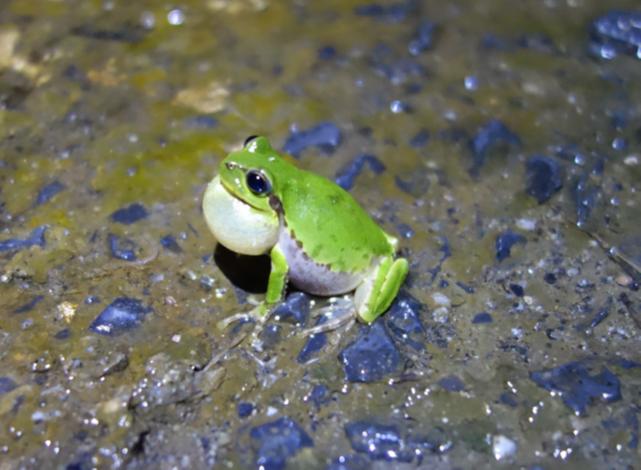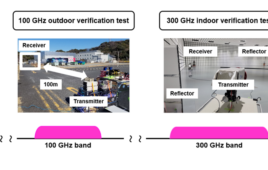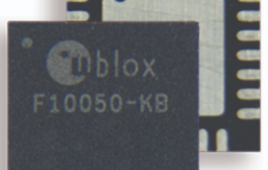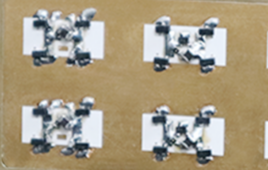When we hear a “ribbet” emanating from a nearby pond, we know a frog is in our midst. But that sound is more than meets the ear, representing a complex communication system that Osaka University and University of Tsukuba scientists want to transition into technology.
Frog Field Work
The researchers first looked toward male Japanese tree frogs as study subjects, analyzing their call patterns over varying time intervals. After placing three frogs in a cage, the team noticed they avoided overlapping sounds during croaking frenzies.
“We found neighboring frogs avoided temporal overlap, which allows a clear path for individual voices to be heard,” says Daichi Kominam, a co-author of the study. “In this same way, neighboring nodes in a sensor network need to alternate the timings of data transmission, so the data packets don’t collide.”

Figure 1: A male Japanese tree frog that produces the type of call examined in this study. (Image Source: Osaka University)
However, the frogs weren’t chatting all the time. They all collectively changed between croaking and silence.
“The overlap avoidance was consistent (deterministic), while the latter collective calls were more varied (stochastic). A further utility in the pattern was how it smartly allows the frogs rest breaks from their calling, which demands a great deal of energy,” according to Osaka University.
The team then took the frogs’ call and interaction patterns and created a mathematical model to help with technological projects.
“We modeled the calling and silent states in a deterministic way,” says lead author Ikkyu Aihara, “while modeled the transitions to and from them in a stochastic way. Those models qualitatively reproduced the calling pattern of actual frogs and were then helpful in designing autonomous distributed communication systems.”
Nature Hops its Way into Tech
According to Osaka University, networks like autonomous distributed communication systems need to efficiently alternate between activity and rest. So, the team transitioned their frog croaks-based model to regulate data traffic in wireless sensor networks.
“These networks are a key component in the Internet of things, as their dispersed sensor nodes measure and communicate different environmental characteristics. Then, through complex coordination, collected data are fed to a central system,” according to Osaka University.
The results were overall promising, with short-time-scale alteration effectively avoiding data packet collisions. Long-time-scale cyclic and collective transitions were also beneficial toward energy consumption regulation.
“There is a dual benefit to this study,” says co-author Masayuki Murata. “It will lead both to greater biological knowledge in understanding frog choruses, and to greater technological efficiency in wireless sensor networks.”
To learn more, read the study, “Mathematical modelling and application of frog choruses as an autonomous distributed communication system,” published in Royal Society Open Science.




